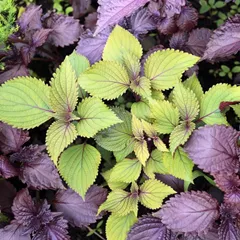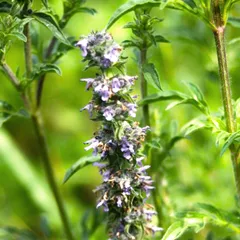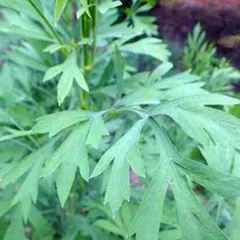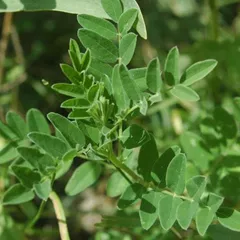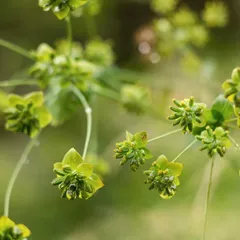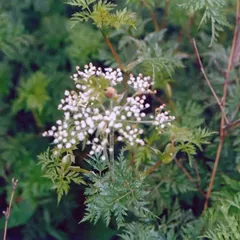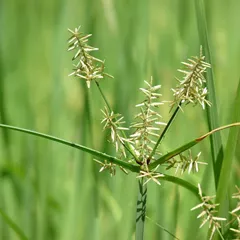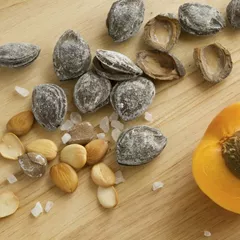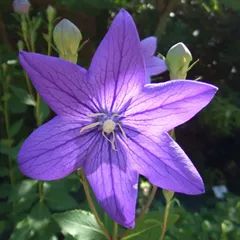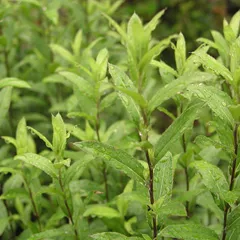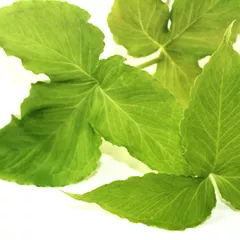Shi Shen Tang
Shi Shen Tang
Chinese: 十神汤
Pinyin: Shí Shén Tāng
Other names: Ten-Miracle Decoction
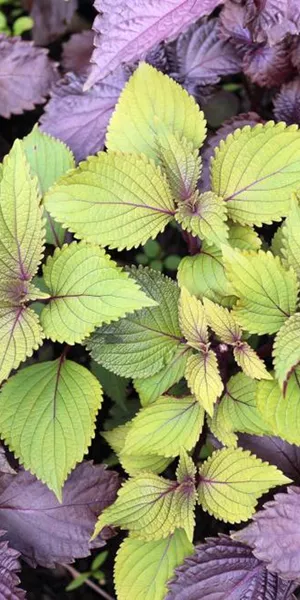
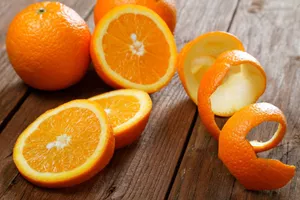
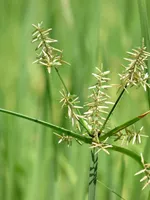
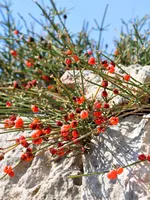




Shi Shen Tang
Shi Shen Tang
Chinese: 十神汤
Pinyin: Shí Shén Tāng
Other names: Ten-Miracle Decoction
Number of ingredients: 11 herbs
Formula category: Formulas that clear Wind-Cold
Mother formula: Xing Su San
Conditions for which it may be prescribed: InfluenzaCommon cold
- Releases pathogens from the Exterior
- Regulates Qi
- Descends the Lung Qi
- Relieves coughing
Source date: 1107 AD
Source book: Formulary of the Pharmacy Service for Benefiting the People in the Taiping Era
The information provided here is not a replacement for a doctor. You shouldn't use it for the purpose of self-diagnosing or self-medicating but rather so you can have a more informed discussion with a professional TCM practitioner.
Shi Shen Tang is a 11-ingredient Chinese Medicine formula with Perilla Leaves (Zi Su Ye) as a principal ingredient.
Invented in 1107 AD, it belongs to the category of formulas that clear Wind-Cold. Its main actions are: 1) releases pathogens from the Exterior and 2) regulates Qi .
In Chinese Medicine health conditions are thought to arise due to "disharmonies" in the body as a system. These disharmonies are called "patterns" and the very purpose of herbal formulas is to fight them in order to restore the body's harmony.
In this case Shi Shen Tang is used by TCM practitioners to fight patterns like Wind-Cold. From a Western Medicine standpoint, such patterns can give rise to a range of conditions such as common cold or influenza for instance.
On this page, after a detailed description of each of the eleven ingredients in Shi Shen Tang, we review the patterns and conditions that Shi Shen Tang helps treat.
The eleven ingredients in Shi Shen Tang
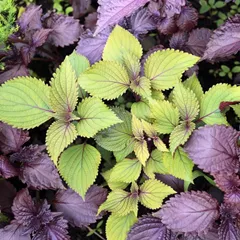
Zi Su Ye is a king ingredient in Shi Shen Tang. Like the name indicates, it means it has more power than other ingredients in the formula.
1. Perilla Leaves (Zi Su Ye)
Zi Su Ye acrid and warm. It opens Stagnant Lung Qi and spreads Qi in the Exterior. It also warms and disperses the Cold Evil in the Exterior, so as to free the Lung Qi, the Body Fluids and Defensive Qi. Thus it relieves
the symptoms of Exterior patterns such as chills and fever and the lack of sweating. In addition, activates the Spleen and transforms Dampness, thus it
assists to remove focal distention and stifling chest oppression.
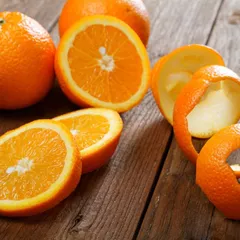
Chen Pi is a deputy ingredient in Shi Shen Tang. This means it helps the king ingredient(s) treat the main pattern or it serves to treat a coexisting pattern.
2. Tangerine Peel (Chen Pi)
In general Chen Pi's main actions are as follows: "Warms the Spleen and regulates the Middle Burner Qi. Dries Dampness and disperses Phlegm from the Lungs and Middle Burner. Reduces the potential for Stagnation caused by tonifying herbs."
In the context of Shi Shen Tang, it is used because it assists the key herb in circulating Qi and transforming Dampness..
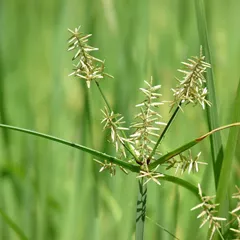
Xiang Fu is a deputy ingredient in Shi Shen Tang. This means it helps the king ingredient(s) treat the main pattern or it serves to treat a coexisting pattern.
3. Coco-Grass Rhizomes (Xiang Fu)
Part used: Dried rhizome
Nature: Neutral
Meridian affinity: LiverSanjiaoSpleen
Category: Herbs that regulate Qi
In general Xiang Fu's main actions are as follows: "Unblocks Stagnant Liver Qi and relieves pain. Regulates the Liver and Spleen. Assists the regulation of menses and relieves pain."
In the context of Shi Shen Tang, it is used because it regulates the Qi and smooths the Liver, helping it to reach its harmony. .
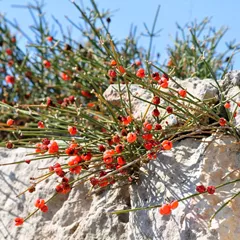
Ma Huang is a deputy ingredient in Shi Shen Tang. This means it helps the king ingredient(s) treat the main pattern or it serves to treat a coexisting pattern.
4. Ephedra (Ma Huang)
In general Ma Huang's main actions are as follows: "Releases the surface through sweating. Promotes the circulation of Lung Qi and stop wheezing. Promotes urination."
In the context of Shi Shen Tang, it is used because it work with Perilla leaves to release Evils from the Exterior.
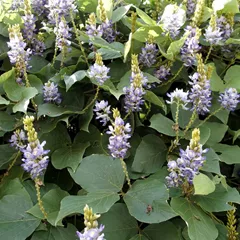
Ge Gen is a deputy ingredient in Shi Shen Tang. This means it helps the king ingredient(s) treat the main pattern or it serves to treat a coexisting pattern.
5. Kudzu Roots (Ge Gen)
In general Ge Gen's main actions are as follows: "Relieves muscle tension especially in the neck and shoulders. Relieves the Exterior and scatters Wind. Supports the Fluids and eases thirst. Assists in the expression of measles. Relieves diarrhea. Relieves hypertension."
In the context of Shi Shen Tang, it is used because it work with Perilla leaves to release Evils from the Exterior.
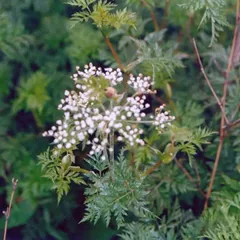
Chuan Xiong is a deputy ingredient in Shi Shen Tang. This means it helps the king ingredient(s) treat the main pattern or it serves to treat a coexisting pattern.
6. Szechuan Lovage Roots (Chuan Xiong)
Part used: Dried rhizome
Nature: Warm
Taste(s): Pungent
Meridian affinity: GallbladderLiverPericardium
Category: Herbs that invigorate the Blood
In general Chuan Xiong's main actions are as follows: "Regulates and moves the Blood. Relieves Wind-Cold and pain. Circulates the Qi in the Upper Burner, relieving headaches."
In the context of Shi Shen Tang, it is used because it circulates Qi within the Blood.
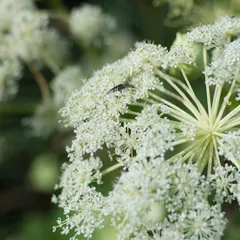
Bai Zhi is a deputy ingredient in Shi Shen Tang. This means it helps the king ingredient(s) treat the main pattern or it serves to treat a coexisting pattern.
7. Angelica Roots (Bai Zhi)
Bai Zhi work together with the ascending herbs, Kudzu root and Bugbane rhizome, to treat Wind-Cold headache and nasal congestion.
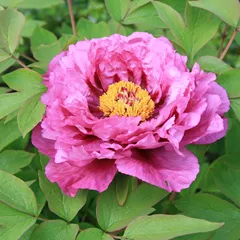
Chi Shao is a deputy ingredient in Shi Shen Tang. This means it helps the king ingredient(s) treat the main pattern or it serves to treat a coexisting pattern.
8. Red Peony Roots (Chi Shao)
Part used: Dried root
Nature: Cool
Taste(s): Bitter
Meridian affinity: Liver
Category: Herbs that invigorate the Blood
Chi Shao adjusts and links Yin and Yang, allowing the Interior Stagnant Heat
to move to the Exterior and get released. It also invigorates Blood together with Szechuan lovage root.
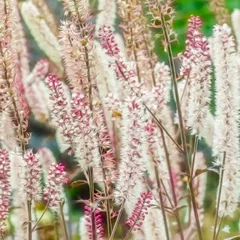
Sheng Ma is an assistant ingredient in Shi Shen Tang. This means that it either serves to reinforces the effect of other ingredients or it moderates their toxicity.
9. Bugbane Rhizomes (Sheng Ma)
Sheng Ma works with Kudzu root, to ascend and disperse Qi. Together, they release Evils from the muscle layer.

Sheng Jiang is an envoy ingredient in Shi Shen Tang. This means that it directs the formula towards certain area of the body and/or harmonizes the actions of other ingredients.
10. Fresh Ginger (Sheng Jiang)
In general Sheng Jiang's main actions are as follows: "Relieves the Exterior and disperses Cold. Warms and circulates Qi in the Middle Burner. Calms a restless fetus and treats morning sickness. Treats seafood poisoning."
In the context of Shi Shen Tang, it is used because it acrid and warm. It helps Ephedra and Perilla leaves in clearing
Wind-Cold Evils from the Exterior.
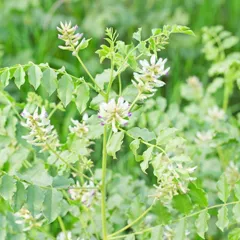
Gan Cao is an envoy ingredient in Shi Shen Tang. This means that it directs the formula towards certain area of the body and/or harmonizes the actions of other ingredients.
11. Liquorice (Gan Cao)
Part used: Dried root and rhizome
Nature: Neutral
Taste(s): Sweet
Meridian affinity: HeartLungSpleenStomach
Category: Tonic herbs for Qi Deficiency
Gan Cao tonifies and harmonizes the Middle Burner. It also harmonizes all the ingredients. It helps these ingredients in reaching their three purposes:
- releases Wind-Cold from the Exterior;
- Regulates the Qi in the Triple Burners and
- relieves specific symptoms such as headache or nasal congestion.
Shi Shen Tang is used to treat Wind-Cold
It's important to remember that herbal formulas are meant to treat patterns, not "diseases" as understood in Western Medicine. According to Chinese Medicine patterns, which are disruptions to the body as a system, are the underlying root cause for diseases and conditions.
As such Shi Shen Tang is mostly used to treat the pattern "Wind-Cold" which we describe below.
But before we delve into Wind-Cold here is an overview of the Western conditions it is commonly associated with:
Again it wouldn't be correct to say "Shi Shen Tang treats common cold" for instance. Rather, Shi Shen Tang is used to treat Wind-Cold, which is sometimes the root cause behind common cold.
Now let's look at Wind-Cold, a pattern that TCM practitioners commonly treat with Shi Shen Tang.
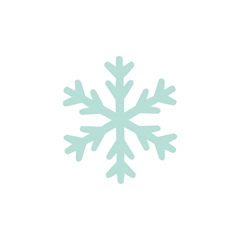
'Cold' as a body pattern in Chinese Medicine is one of the so-called "Eight Principles". Learn more about Cold pattern in Chinese Medicine
Wind-Cold
Pulse type(s): Tight (Jin), Floating (Fu)
Symptoms: Fever Chills Sneezing Coughing No sweat Headaches No thirst Runny nose Body aches Sore throat Blocked nose Itchy throat Aversion to cold White watery mucus Occipital headaches Occipital stiffness
Shi Shen Tang is sometimes prescribed by TCM practitioners to treat Wind-Cold. This pattern leads to symptoms such as aversion to cold, fever, sneezing and coughing. Patients with Wind-Cold typically exhibit tight (Jin) or floating (Fu) pulses.
This pattern is similar to Wind-Heat, but the Wind is combined with Cold rather than Heat. The shared symptoms are aversion to cold, sneezing, coughing, runny nose (with different mucus color), fever, occipital stiffness and ache. The different symptoms are the white watery mucus, no thirst, no... read more about Wind-Cold
Formulas similar to Shi Shen Tang
Jia Wei Xiang Su San is 55% similar to Shi Shen Tang
Bu Zhong Yi Qi Tang is 36% similar to Shi Shen Tang
Chai Hu Shu Gan San is 36% similar to Shi Shen Tang
Xing Su San is 36% similar to Shi Shen Tang
Cang Fu Dao Tan Wan is 36% similar to Shi Shen Tang
Xiong Gui Er Chen Tang is 36% similar to Shi Shen Tang

